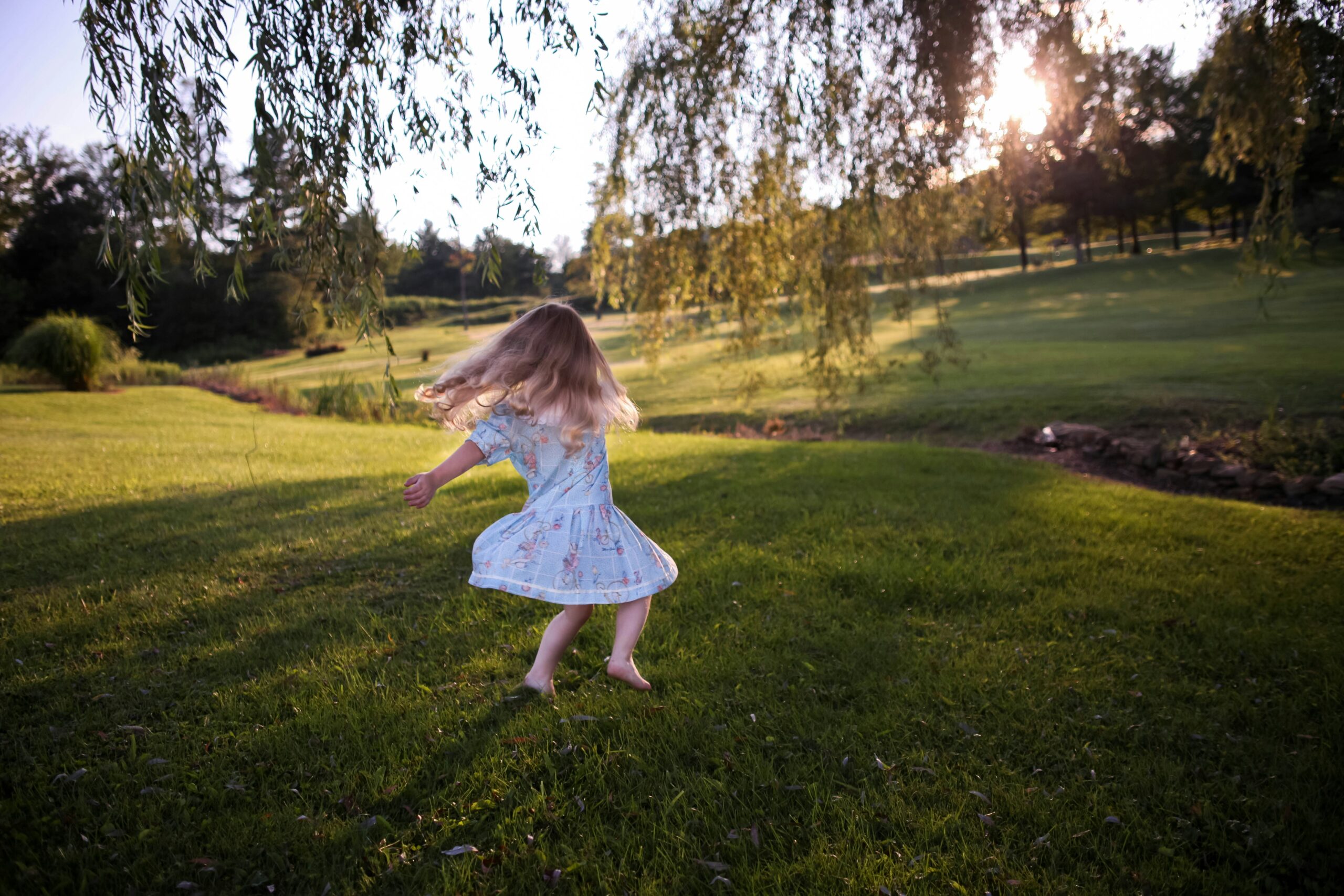Parents often marvel at their 1-year-old children. In a short year, their children go from dependent infants to walking toddlers. These children triple their weight, become curious in the world and crave freedom to move around it. It’s a wonder to behold. But, also during this mesmerizing time, parents often dread what is to come: the infamous terrible 2s and horrible 3s.
As a pediatrician, I marvel at the next transition. When a toddler approaches 2 years old and beyond, his personality develops. He starts to show preferences and interests. Unlike his demeanor just months and weeks prior, he doesn’t get as easily distracted from his desired object. As a developing toddler, he demonstrates will and determination. Eating a meal in full is no longer easily accomplished. He decides what foods he likes and does not like. He discovers humor and entertainment. He learns what pleases him and thumbs his nose at displeasures.
By the preschool age, children have become little people who express themselves verbally, tell stories and interact with peers. This transition is equally as remarkable as the first year of life. But for parents, it can be hard to enjoy children at this age because it dually represents a challenging time of parenting. With the fascinating growth of personality comes the parenting struggles we all fear: tantrums, food battles, toilet training issues and the list continues. Yet, these challenges are appropriate steps in children’s development.
How can parents appreciate this development while peacefully managing interactions with their child? This is the challenge of comprehending the terrible 2s and horrible 3s.
As parents, we can meet the challenges of the toddler years if we understand them in respect to children’s development. All the new challenges our children give us during this time are a direct result of their new development, skills, curiosities and determination. Food challenges, for instance, are due to a slower rate of growth, which causes smaller appetites. By looking at children’s development, we can better understand their behavior. Then perhaps we can control our responses to their behaviors. As we control our reactions to their behaviors, we actually improve our interactions with our children, thereby making these “terrible” times much easier. Let’s look at some examples.
Parents often witness a wane in diet in children by 18 months of age. Sometimes it is difficult to have a child sit for fives minutes to eat. And the amount of food consumed versus going to the dogs (literally) may be a pittance. Many parents end up reverting to reliable foods such as spaghetti and macaroni and cheese just to get their kids to eat something. What is happening in children’s development at this age? They are getting increasingly curious and active. They don’t want to sit. Their growth rate is much slower than the first year, meaning children approaching age 2 do not need to eat as much to grow. And they are showing preferences in what foods they like.
Taking this into perspective, parents shouldn’t expect children at this age to eat full meals. Such youngsters will eat what they need to grow on, as all children do. Parents also need to refrain from catering too much to their child’s likes and dislikes. Keep variety coming, encouraging growing children to eat from a well-rounded diet.
If childrearing is this simple, where do tantrums come from? Your poor young children! They get some voice, legs and mobility. They see all the opportunity for exploration around them, and they think the world is theirs. Unfortunately, they don’t see what is safe and unsafe. Parents need to say “no” in order to keep young children out of harm’s way. When their exploration and freedom are limited, however, children react. When you don’t allow them to bang the table with silverware in a restaurant, they may have a temper tantrum. They may cry, they may lash out, they may hit. All these are trials. Attempts.
Tantrums aren’t intended to be malicious or mean. By lashing out, toddlers are simply trying to change our minds. Because they want to reclaim freedom and control, they try on a behavior for size. Unfortunately, parents generally need to take control. We need to keep situations safe. Recognize these tantrum behaviors as attempts to influence our decisions. However, don’t take the bait and don’t take it personally. Most behaviors that aren’t given much attention usually fade. Don’t let your child’s tantrums control you or a situation— and don’t give them undue attention— and they will go away over time. Be patient.
You may need to leave the playground. You may need to drop off children at preschool. You may need to put children in bed. It’s crucial to know that many young children and preschoolers hate transitions. Transitions are hard for young children. They want to do what they want to do when they want to do it! Young children have developed some persistence and determination. These attributes will serve them well in their future. But for parents, such persistence produces a battle— another possible tantrum instigator. Timers, bells and other signals help ease transitions. Several warnings also help. And at some point, no matter what the transition, you have to move kids through it. Expect young children to react. Yet, overtime if they see and feel your determination, children’s battles will cease and they will accept a transition. A young child might say, “Fine, we can go, but I want to climb into the car seat myself.” Respond: “You can do that. You’re such a big guy now!”
Many young children develop bad habits. Picking their nose, biting their nails, even handling their privates may all occur at embarrassing times. Part of toddlerhood to preschool development is body exploration and self care. Young children do have control of their hands and control of many body parts. They own their bodies. As parents, we can teach them where caring for the body is appropriate— in privacy. Teaching and allowing body care in private keeps this battle small. Instead of saying “don’t pick your nose,” say “if you’re going to pick your nose, do it in the bathroom or your bedroom.”
This age group also transitions into the ultimate body control function of childhood— training to use the toilet. Toilet training can be a big control battle. Keep in mind what I said above: Young children have control of many of their body parts. This is particularly true of their bowels.
Many pediatricians feel that potty training should never become a battle. It is really your child’s choice where he goes to the bathroom. It is his accomplishment to go in the potty. It shouldn’t matter to parents where a child goes to the bathroom. However, we do have control over how and where to clean children up. And we can encourage children to go to the bathroom, like grown-ups do. For insight, most girls aren’t toilet trained until age 2½ and most boys at 3 or older!
There are many issues to face with children 18 months to 3 years of age. By viewing our challenges while interacting with our children, we more easily understand how to deal with children’s development at this stage. There are also many things we need to be in charge of, and there are some things over which children have ultimate control. As parents, we need to step back on occasion and think about where we draw the line, where we take control and when we concede control to them.
I have developed a list of 12 guidelines for dealing with the toddler-to-preschooler transition to help parents realize that the “horrible threes” are really an honorable time.
- Recognize that this is an age of wonder, exploration, determination and skill attainment.
- Praise the positive. Marvel in it. Through our praise, little ones appreciate their skills.
- Don’t dwell on the negative.
- Don’t sweat how much little ones eat. Instead, focus on maintaining their balanced diet.
- Ignore their fits. If tantrums don’t work, young children stop using them.
- Remember, all children eventually toilet train.
- Read, read, read. Young children love words and love to build their vocabulary.
- Enjoy your children’s interests.
- Say “no” for your child’s safety.
- When you do, expect children to behave.
- Help little ones through transitions.
- Appreciate young children’s stories— they love telling them and using creativity.




